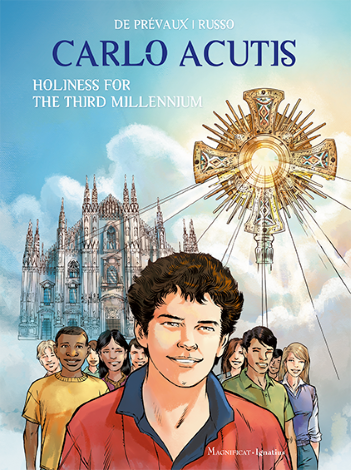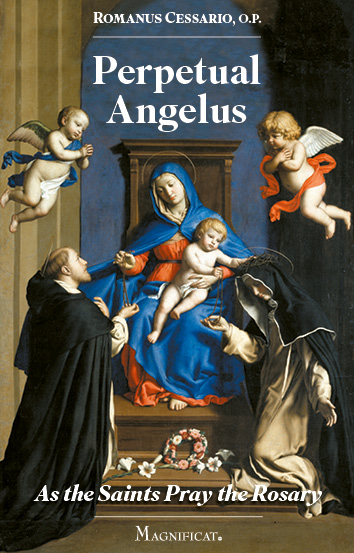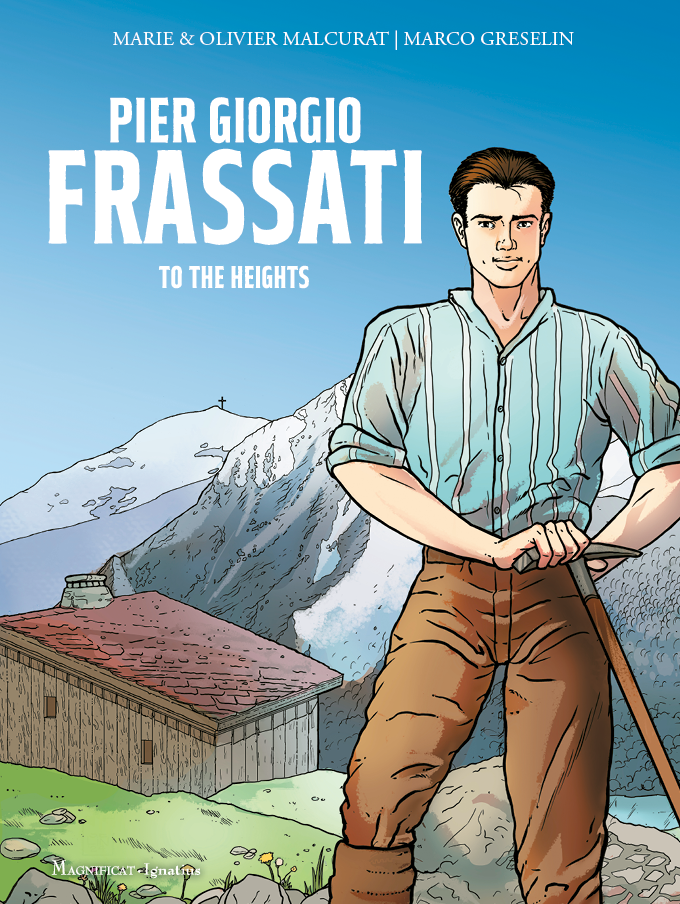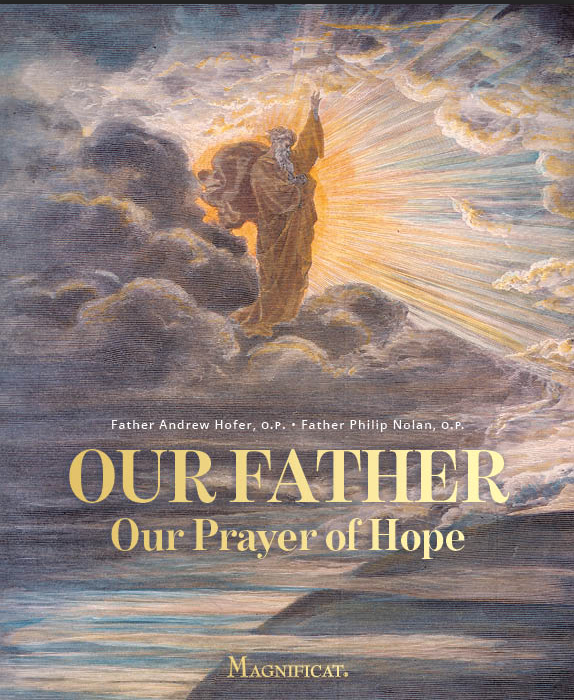Catholics are often accused (especially by Protestants) of not knowing the Bible. It is true that, while both Catholicism and Protestantism are grounded in Holy Scripture, these two great branches of Christianity have historically had different relationships to the Bible. Protestants have, since the Reformation, prided themselves on their personal reading and knowledge of the Bible. By contrast, though many Catholics do read the Bible, and have done so over the centuries, Catholicism—like Eastern Orthodoxy—is far more fundamentally a liturgical religion. What does this mean?—and, in particular, what does it mean about the relationship of Catholics to the Bible?
The Bible and liturgy
First, what of the Bible is “in” the liturgy? The two major forms of liturgy in Catholicism are the Mass and the Hours (also called the Divine Office and the Breviary).
The Mass is itself divided into two parts. The first part, the liturgy of the Word, consists primarily of readings from the Old and New Testaments. In what is called Ordinary Time, much of the bible is read straight through, week by week. But the great seasons of the Christian year break into that “continuous reading” with passages, generally from the Gospels, which are particularly appropriate to that particular day or season. For example, on Easter, the faithful do not want to hear just any passage from the Bible. Rather, they want to hear about the Resurrection of Christ. But, in any event, the Bible is read aloud in church every Sunday—indeed, every day. Introducing, and interspersed with, the bible readings of the Mass are prayers, often taken from the psalms, and which developed from the early church on.
The second part of the Mass, the liturgy of the Eucharist, is the sacred action or event of the liturgy, and has as its central focus the words of Christ in the Gospels: “This is my body,” “This is my blood.” We are prepared for these words by many other prayers, some taken from the Old Testament (especially the Psalms), others from the New Testament. For example, the prayer “I am not worthy to receive you” is slightly reworded from the passage where the centurion asks Jesus to come heal his servant, in Matthew 8. Still other prayers in this part of the Mass were composed by early popes and Fathers of the Church, themselves steeped in the Scriptures. An example here would be the Gloria, which does not come straight from the Bible but weaves together words and lines from Scripture into a new and beautiful formulation; it goes back to the first centuries of the Church and exists in Greek, Syrian, and other versions.
The liturgy of the hours
The Hours—Matins, Vespers, etc.—are composed of three things. First, recitation of the psalms. Indeed, it has been said that the entire purpose of the Hours was, and is, to repeat the psalms. Second is other readings from Scripture (though the Hours also contain some readings from the Fathers and other great Christian writers). Finally, beautiful hymns, many of them composed by the Fathers (such as St. Ambrose), and filled with biblical reminiscences.
In short, Catholics do know the bible—but many Catholics have historically known the bible primarily as it was presented and mediated to them through the liturgy. One could argue that they knew from the bible what they needed to know: the message of salvation.
Hearing the Word
Let’s look at this from a different perspective. The bible is a large and complex book—anything but homogeneous!—containing many different kinds of material. It has in it stories of all kinds, some of them given as true, others with primarily symbolic or moral meaning, such as parables. The bible contains commandments: the Ten Commandments, and thousands of regulations (see for example Leviticus). Also, proverbs and other pieces of “wisdom” (as in the Book of Proverbs). Finally, the bible contains prayers—like the entire Book of Psalms, and various other passages of the Old and New Testaments. To be sure, the entire bible is “Sacred Scripture,” inspired by God. All of it is useful to know and read. But it is not all equally important to belief, to salvation. It is worth remembering that many illiterates—people who never opened or owned a bible—are among the great saints. These men and women just listened to, and practiced, the Good News. Salvation comes, not from reading but from hearing, and acting on, the Word.
Bible at prayer
What, finally, is the relationship between the liturgy and the bible? The liturgy plucks out and focuses attention on the prayer parts of the Bible; it represents a selection of bible texts in their dimension of prayerfulness. Even the stories and parables and proverbs are reset into a context of praise and supplication. The Catholic liturgy is perhaps best understood as the “bible at prayer.”
©Magnificat September 2000










